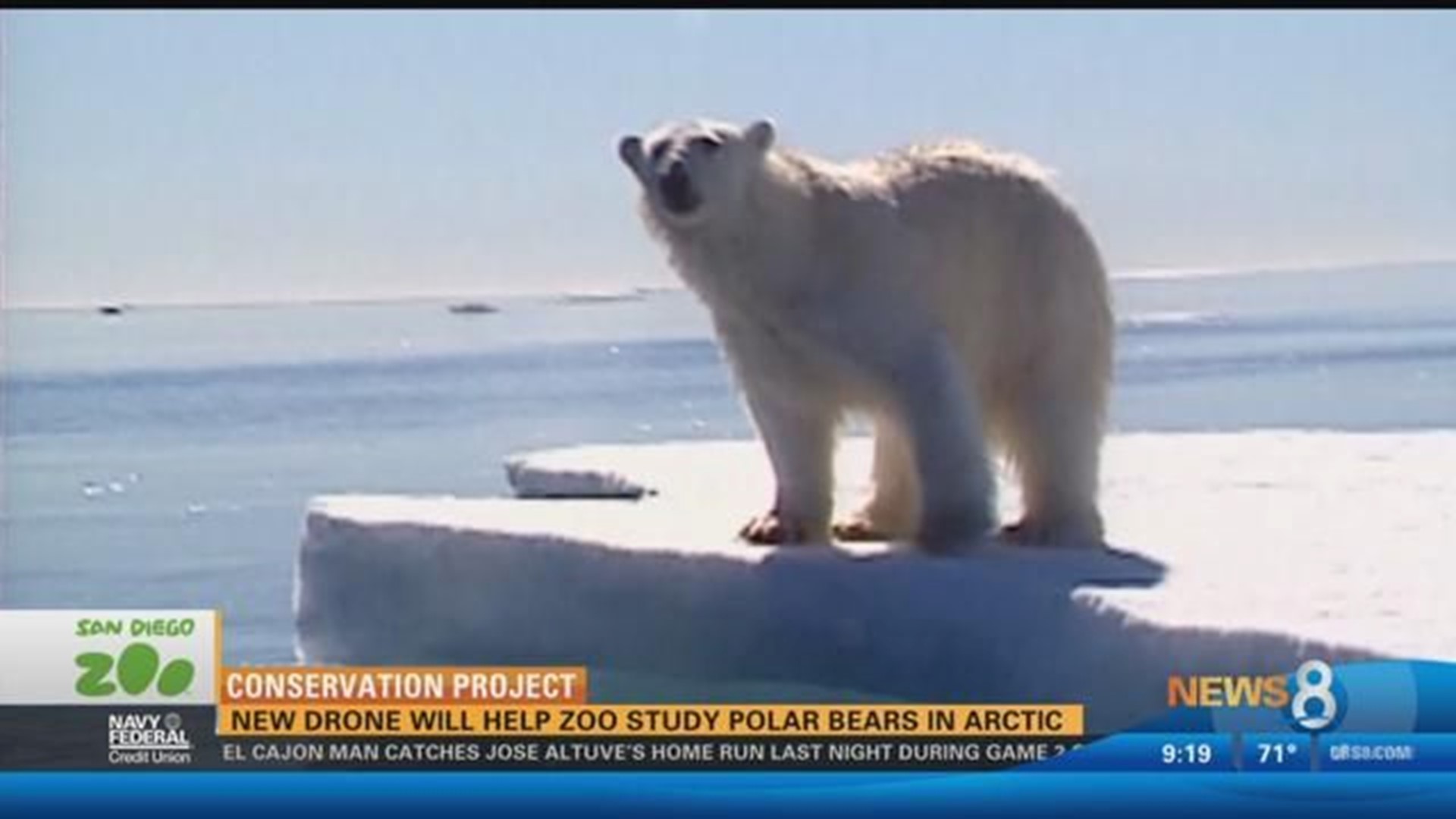SAN DIEGO (CNS) - San Diego Zoo Global researchers will use a custom drone next month to monitor the impact of changing sea ice patterns on polar bears in the Canadian Arctic, zoo officials announced Thursday.
The six-rotor hexacopter platform manufactured by Northrop Grumman will give scientists a closer look at the bears in their habitat than before and help them collect important data. Previous studies depended on satellite imagery.
"There are few studies of polar bears based on direct observation," said Nicholas Pilfold, a population sustainability scientist at the San Diego Zoo Institute for Conservation Research.
"With the development of this autonomous system, we are hoping to gain a perspective into polar bear lives rarely seen before" Pilfold said. "This data will ultimately help inform conservation strategies for the species."
The drone was tested last year in the Arctic by a team of Northrop Grumman engineers from Florida to see how the system performed in remote areas with extreme weather conditions.
The autonomous system is expected to provide a more detailed, finer- scale view of sea ice habitat, and it offers the potential to observe polar bears without disturbing the animals or posing a risk to humans.
Next month's expedition, dubbed Operation #PolarEye, will operate from the Churchill Northern Studies Centre, located along the Hudson Bay coastline in Churchill, Manitoba, and a remote research facility located on the Knife Delta.
During the mission the team will livestream video to the ground station so they can operate a developmental polar bear recognition algorithm, which they hope will notify scientists when a polar bear is spotted to allow for easier monitoring on the ice.
The team will operate four integrated sensors from their vehicle, including high-resolution and multispectral cameras, a laser altimeter and ice- penetrating radar.

